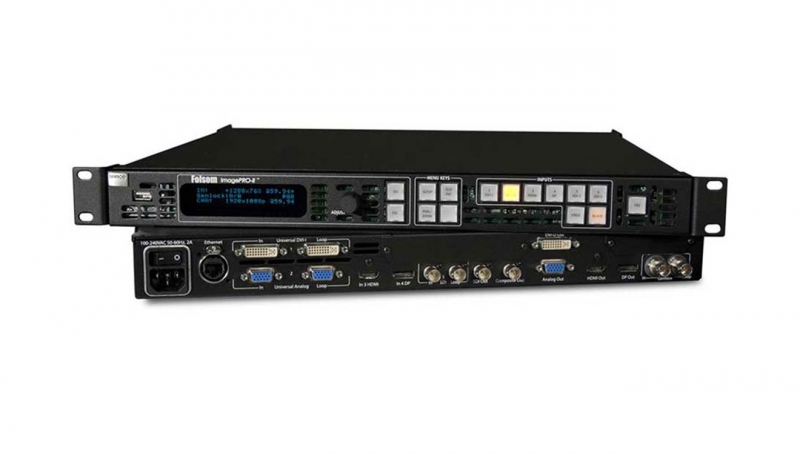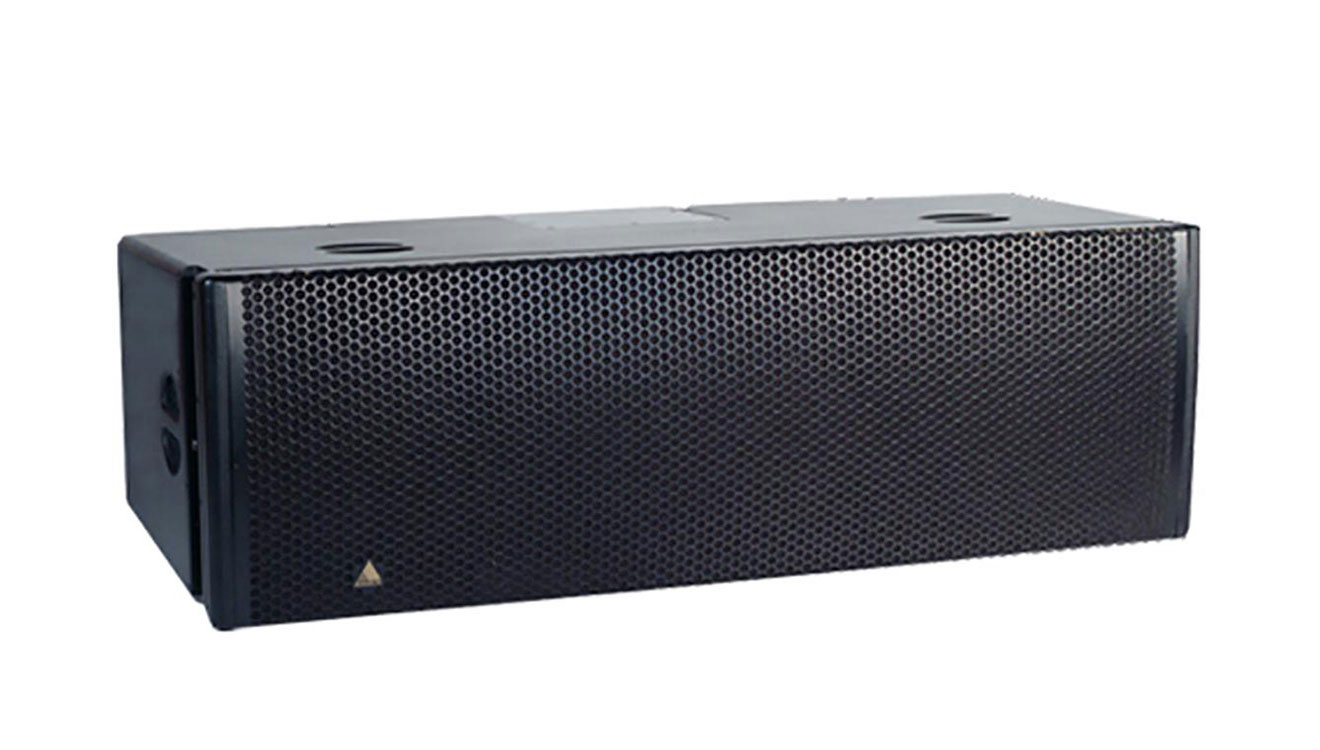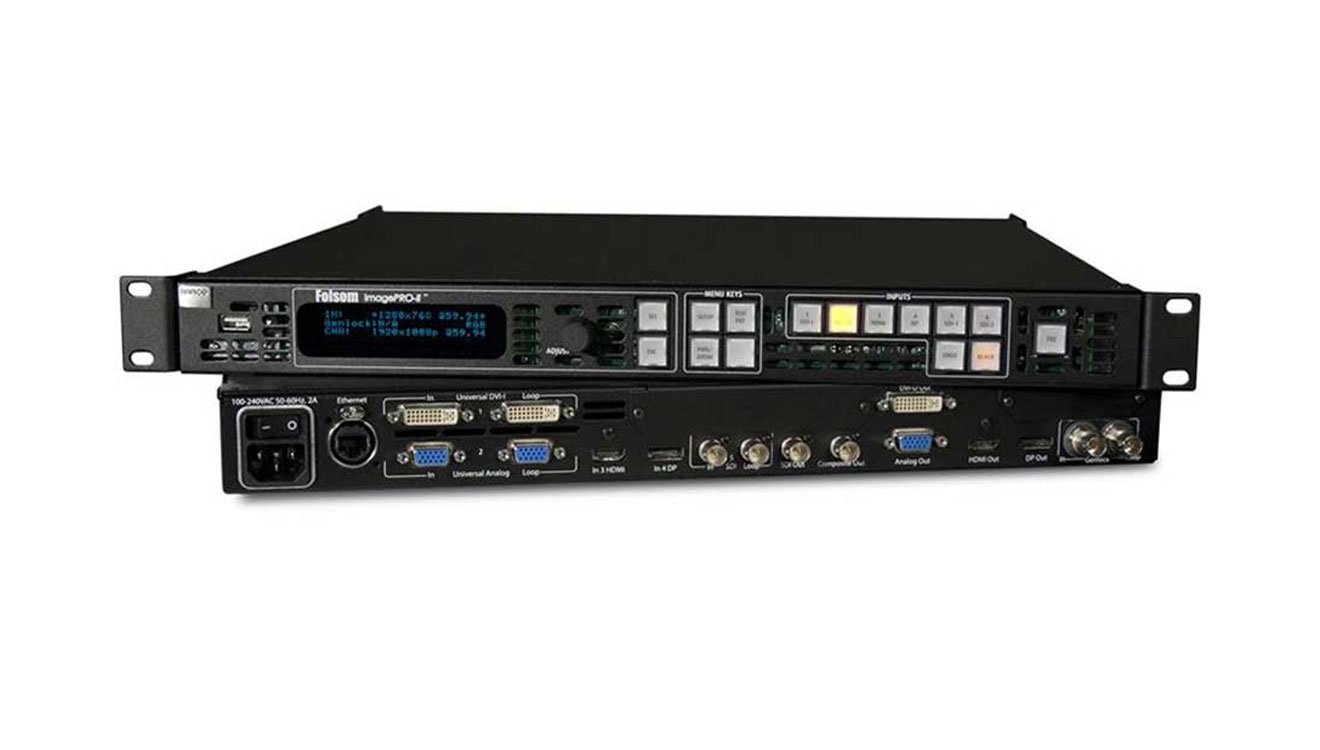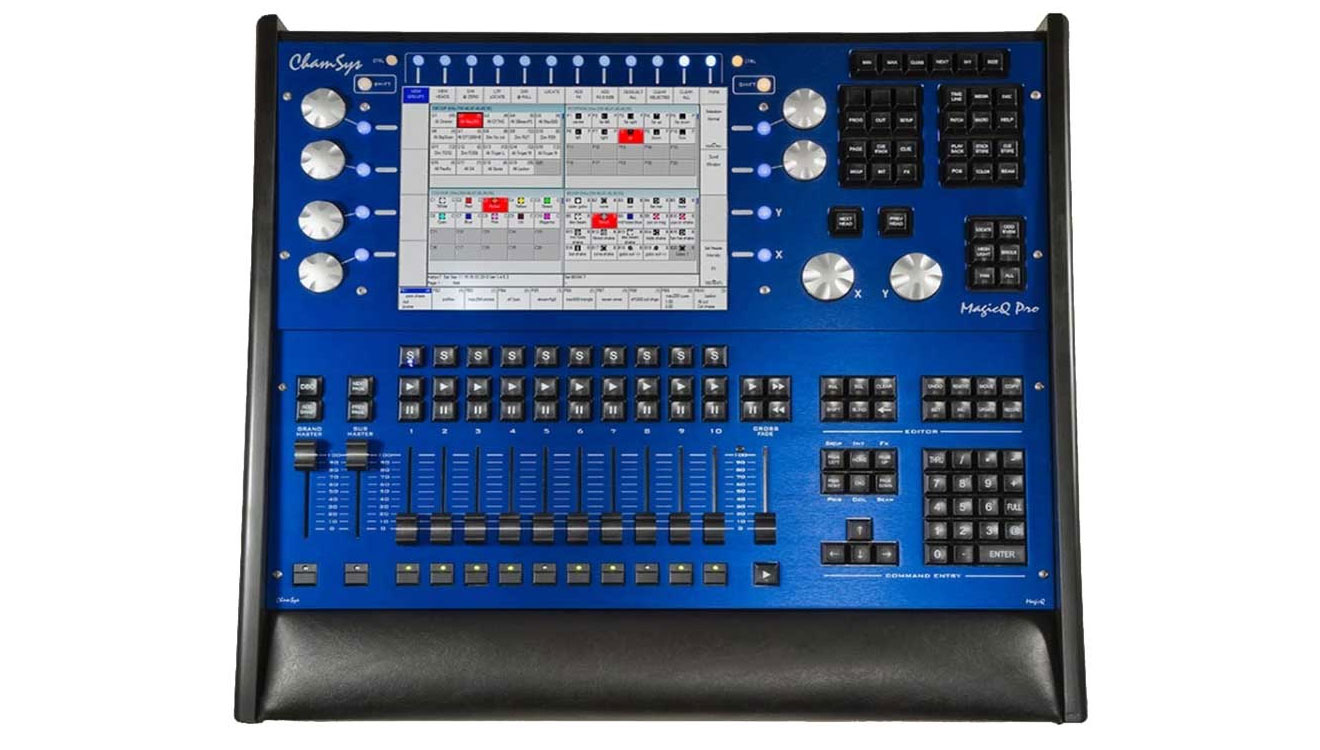used pro audio

Unveiling the Secrets of Pro Audio: Essential Equipment and Tools ExplainedAre you ready to unlock the secrets of pro audio? Whether you're a budding musician, a podcast enthusiast, or a sound engineer looking to take your craft to the next level, understanding the essential equipment and tools used in the world of professional audio is crucial. In this comprehensive guide, we'll dive deep into the world of pro audio, unveiling the secrets behind the gear that produces crystal clear recordings and awe-inspiring soundscapes. From microphones and mixers to audio interfaces and studio monitors, we'll explore the must-have equipment that will elevate your audio production game. But it's not just about the gear - we'll also delve into the techniques and strategies used by professionals to achieve that polished, professional sound. So, get ready to step into the world of pro audio and discover the secrets that will help you create unforgettable audio experiences. Understanding the Importance of Quality AudioIn the world of audio production, quality is king. Whether you're recording vocals, instruments, or any other type of audio, having high-quality equipment is essential. The difference between a mediocre recording and a professional-grade one can be night and day. High-quality audio not only enhances the listening experience but also conveys emotions and creates a connection with the audience. One of the key factors in achieving quality audio is using the right equipment. While talent and skill play a significant role, having the proper tools can make a world of difference. The equipment you choose should be able to capture the nuances and details of the sound accurately, without introducing unwanted noise or distortion. This is where pro audio gear comes into play. With top-notch microphones, audio interfaces, and studio monitors, you can ensure that your recordings are clean, clear, and professional-sounding. Investing in quality equipment is not just for professionals. Even if you're a beginner or hobbyist, using pro audio gear can help you develop your skills and produce better results. It's like having a powerful paintbrush for an artist or a high-performance camera for a photographer. The right equipment empowers you to unleash your creativity and bring your ideas to life with precision and finesse. |
 |
Essential Equipment for Pro AudioNow that we understand the importance of quality audio, let's explore the essential equipment you need to achieve professional-grade recordings. These tools form the backbone of any pro audio setup and are crucial for capturing, processing, and reproducing sound accurately. Exploring Microphones for Different PurposesWhen it comes to capturing sound, the microphone is the most critical piece of equipment. There are various types of microphones available, each suited for different purposes and recording scenarios. Understanding the differences between microphone types will help you choose the right one for your specific needs. Condenser microphones are widely used in professional audio recording. They are known for their sensitivity and accuracy in capturing vocals and instruments. Condenser microphones require power, usually provided through phantom power from an audio interface or mixer. These microphones excel in capturing detailed, transparent sound, making them a popular choice in studios and professional recording environments. Dynamic microphones, on the other hand, are more rugged and versatile. They can handle high sound pressure levels and are often used in live performances and broadcasting. Dynamic microphones are less sensitive compared to condenser microphones, but they are great for capturing loud sources such as drums and guitar amplifiers. Their durability and resistance to handling noise make them a reliable choice for on-stage applications. Ribbon microphones offer a vintage and warm sound. They are delicate and require careful handling, but they can add a unique character to recordings. Ribbon microphones are often used in studio environments for capturing vocals, strings, and brass instruments. Their smooth and natural response makes them ideal for capturing detailed nuances in sound. Choosing the right microphone for your specific needs is crucial in achieving the desired sound. Consider factors such as the recording environment, the type of sound source, and your budget when making a decision. Experimenting with different microphones can also add variety and uniqueness to your recordings, allowing you to explore different sonic possibilities. Understanding Audio Interfaces and Their Role in Pro AudioAn audio interface is an essential tool in any pro audio setup. It serves as the bridge between your microphone or instrument and your computer, allowing you to capture and process audio digitally. Audio interfaces come in various shapes and sizes, offering different input and output options to suit different recording needs. The primary function of an audio interface is to convert analog audio signals into digital data that can be processed by your computer. It also handles the conversion of digital audio back into analog signals for monitoring and playback. In addition to the conversion process, audio interfaces often include preamps, which amplify the weak signal from microphones or instruments to a suitable level for recording. When choosing an audio interface, consider factors such as the number of inputs and outputs you require, the quality of the preamps, and the connectivity options. USB and Thunderbolt interfaces are common choices, offering fast and reliable data transfer between the interface and your computer. Some interfaces also offer additional features such as built-in effects, MIDI connectivity, and headphone outputs for convenient monitoring. Audio interfaces vary in price and features, so it's essential to find one that meets your specific needs and budget. Investing in a quality audio interface will ensure that your recordings are captured with fidelity and accuracy, setting the foundation for professional audio production. |
 |
The Significance of Studio Monitors and HeadphonesStudio monitors and headphones are critical tools for accurate audio monitoring. They allow you to hear your recordings and mixes with precision, ensuring that the sound translates well across different playback systems. While consumer-grade speakers and headphones may sound pleasing, they often color the sound, making it challenging to make accurate decisions during the mixing process. Studio monitors are specially designed speakers that provide a flat and neutral frequency response. They are optimized for accurate audio reproduction, allowing you to hear the nuances and details of your recordings without any added coloration. Studio monitors come in different sizes and configurations, ranging from compact near-field monitors to large mid-field and main monitors. The choice of studio monitors depends on factors such as your room size, budget, and the level of accuracy you require. Headphones, on the other hand, offer a different monitoring experience. They provide an isolated listening environment, allowing you to focus on the details of your recordings without any external interference. Closed-back headphones are commonly used for tracking and recording, as they provide excellent isolation and prevent sound leakage. Open-back headphones, on the other hand, offer a more spacious and natural sound, making them ideal for mixing and critical listening. Using studio monitors and headphones in combination allows you to cross-reference your mixes and ensure that they sound good on different playback systems. It's important to get familiar with the sound of your monitors or headphones by listening to reference tracks that you are familiar with. This will help you develop a better understanding of how your recordings translate to different listening environments and make informed decisions during the mixing and mastering process. Essential Tools for Audio Editing and MixingOnce you have recorded your audio, the next step is editing and mixing. This is where the magic happens, as you shape and mold your recordings into a polished and cohesive piece of art. To achieve professional-sounding results, you need the right tools for the job. Digital audio workstations (DAWs) are at the heart of audio editing and mixing. These software applications provide a platform for recording, editing, and mixing audio tracks. Popular DAWs include Pro Tools, Logic Pro, Ableton Live, and Cubase. Each DAW has its own unique features and workflow, so it's important to choose one that suits your needs and preferences. In addition to the DAW, plugins play a crucial role in audio processing. Plugins are software-based effects and processors that can be applied to audio tracks within your DAW. They allow you to shape the sound, add effects, and enhance the overall mix. There are various types of plugins, including equalizers, compressors, reverbs, delays, and virtual instruments. Investing in quality plugins can greatly enhance your audio production capabilities and give you access to a wide range of creative possibilities. Other essential tools for audio editing and mixing include audio editing software for precise editing, a MIDI controller for tactile control over virtual instruments, and an external hardware controller for hands-on control of your DAW's parameters. It's important to note that while having the right tools is crucial, it's equally important to develop your skills and techniques in audio editing and mixing. Learning about concepts such as EQ, compression, balancing, and panning will help you make informed decisions and achieve professional-sounding mixes. Common Mistakes to Avoid in Pro AudioAs you embark on your journey into the world of pro audio, it's essential to be aware of common mistakes that can hinder your progress. These mistakes are often overlooked but can have a significant impact on the quality of your recordings and mixes. By being aware of these pitfalls, you can avoid them and elevate your audio game. One common mistake is neglecting proper gain staging. Gain staging refers to the process of setting the input and output levels at each stage of the signal chain to achieve optimal signal-to-noise ratio and avoid distortion. Improper gain staging can result in noisy or distorted recordings, making it difficult to achieve a clean and professional sound. Another common mistake is over-processing. It's easy to get carried away with plugins and effects, but excessive processing can lead to a muddy and cluttered mix. It's important to exercise restraint and only apply processing that enhances the sound and serves the overall mix. Lack of attention to room acoustics is another mistake to be mindful of. The acoustic properties of your recording environment can greatly impact the sound you capture. Unwanted reflections, standing waves, and resonances can color the sound and make it difficult to achieve accurate monitoring and mixing. Treating your room with acoustic panels, bass traps, and diffusers can help create a more controlled and balanced listening environment. Lastly, neglecting the importance of reference tracks can hinder your ability to achieve professional-sounding mixes. By listening to well-produced tracks in your genre, you can develop a better understanding of the sonic characteristics and standards to strive for. A/B referencing your mixes against reference tracks will help you identify areas that need improvement and guide your decision-making process. By avoiding these common mistakes and continuously honing your skills, you can make significant strides in your audio production journey and achieve professional-grade results. Conclusion: Elevating Your Audio Game with the Right EquipmentIn the world of pro audio, having the right equipment and tools is essential for creating unforgettable audio experiences. From microphones and audio interfaces to studio monitors and headphones, each piece of gear plays a crucial role in capturing, processing, and reproducing sound accurately. Investing in quality equipment not only enhances the overall sound quality but also empowers you to unleash your creativity and achieve professional-grade results. When combined with the right techniques and strategies, the right gear can elevate your audio game and help you create audio experiences that leave a lasting impression. So, whether you're a musician, a podcaster, or a sound engineer, take the time to explore and understand the gear that professionals use. Experiment, learn, and develop your skills to unlock the secrets of pro audio. With the right equipment and the right mindset, you can create audio that captivates and inspires. |
 |
